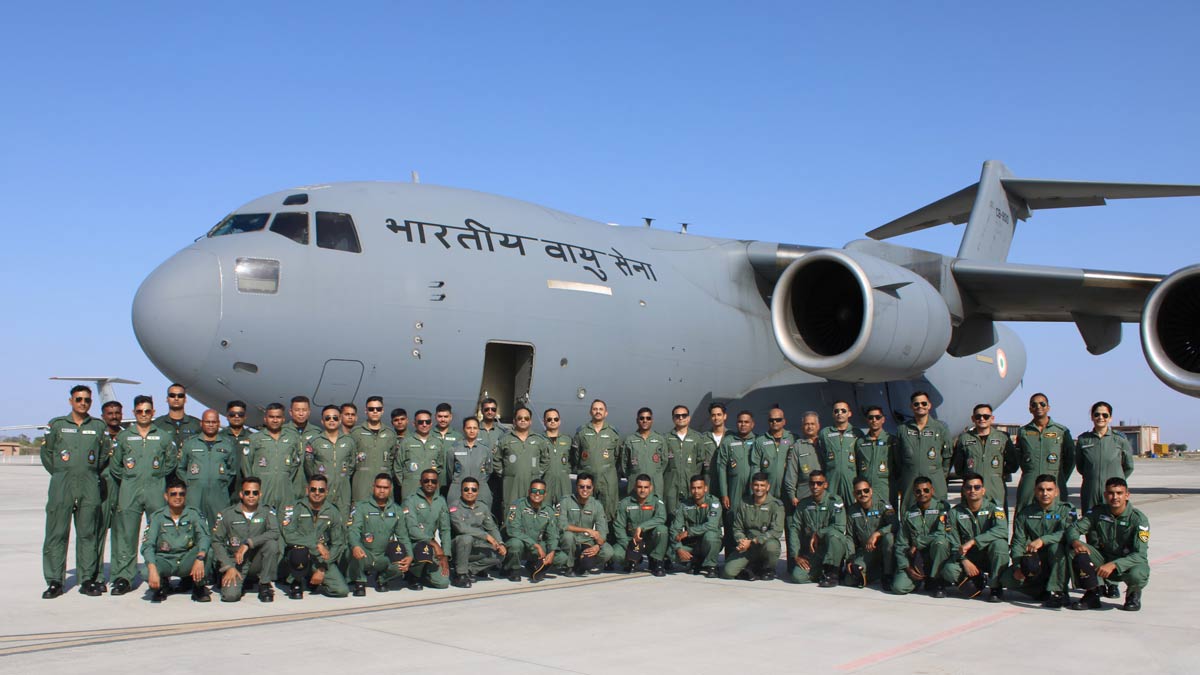Indian Air Force capability boost: Panel recommends faster induction of fighter jets, refueller, AEW&C, says report

An empowered committee for capability enhancement of the Indian Air Force (IAF) recommended faster induction of combat aircraft, mid-air refuellers and airborne early warning and control (AEW&C) systems.
According to a Hindustan Times report, the committee was chaired by Defence Secretary Rajesh Kumar Singh and included DRDO chief Dr. Samir V. Kamat, vice chief of air staff, and secretary (defence production) among others. It suggested various measures, including short and long-term steps, to enhance the capabilities of the IAF, which is facing a shortage of fighter squadrons.
The IAF operates only around 31 combat squadrons against a sanctioned strength of 42 squadrons. This will further go down as the Russian-origin MiG-21 aircraft will retire i September after remaining in service for over six decades. With phasing out of the last of the few MiG-21s, the number of the IAF's fighter squadrons is expected to hit an abysmal low of 29.
Citing sources, the report said the government is in the final stages of granting Rs 67,000 crore contract to HAL for the supply of 97 more light combat aircraft (LCA) Tejas Mk-1As.
ALSO READ: Farewell MiG-21: Tracing the fighter jet's glory days in war to becoming 'flying coffin'
“The panel reviewed every element of capability development and suggested measures to boost the IAF’s operational readiness in a time-bound manner. New fighters, refuellers and AEW&C systems are among the top priorities," HT quoted a source as saying, adding that these platforms are in various stages of the procurement cycle.
The panel also recommended a bigger role for the private sector, as while the public sector players have a first-mover advantage, India needs to build a larger defence base.
The HT report states that the government's move to fast-track the development of India's fifth-generation stealth fighter, or the advanced medium combat aircraft (AMCA), by officially opening it to both public and private sector participation, came in the wake of the committee recommendations.
Defence